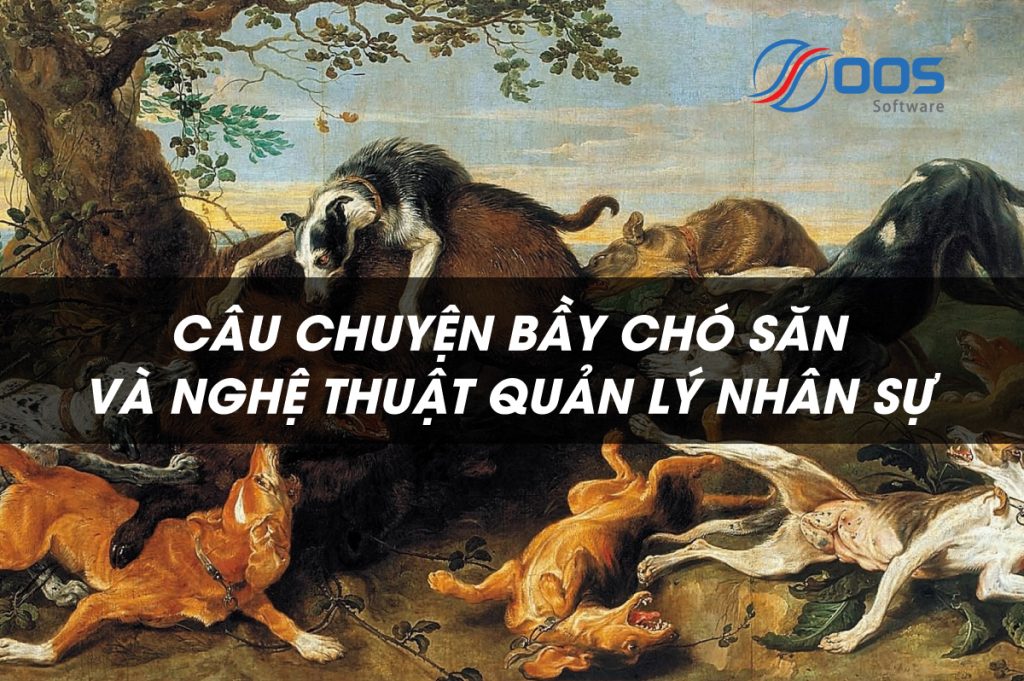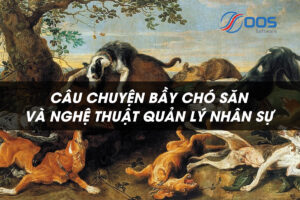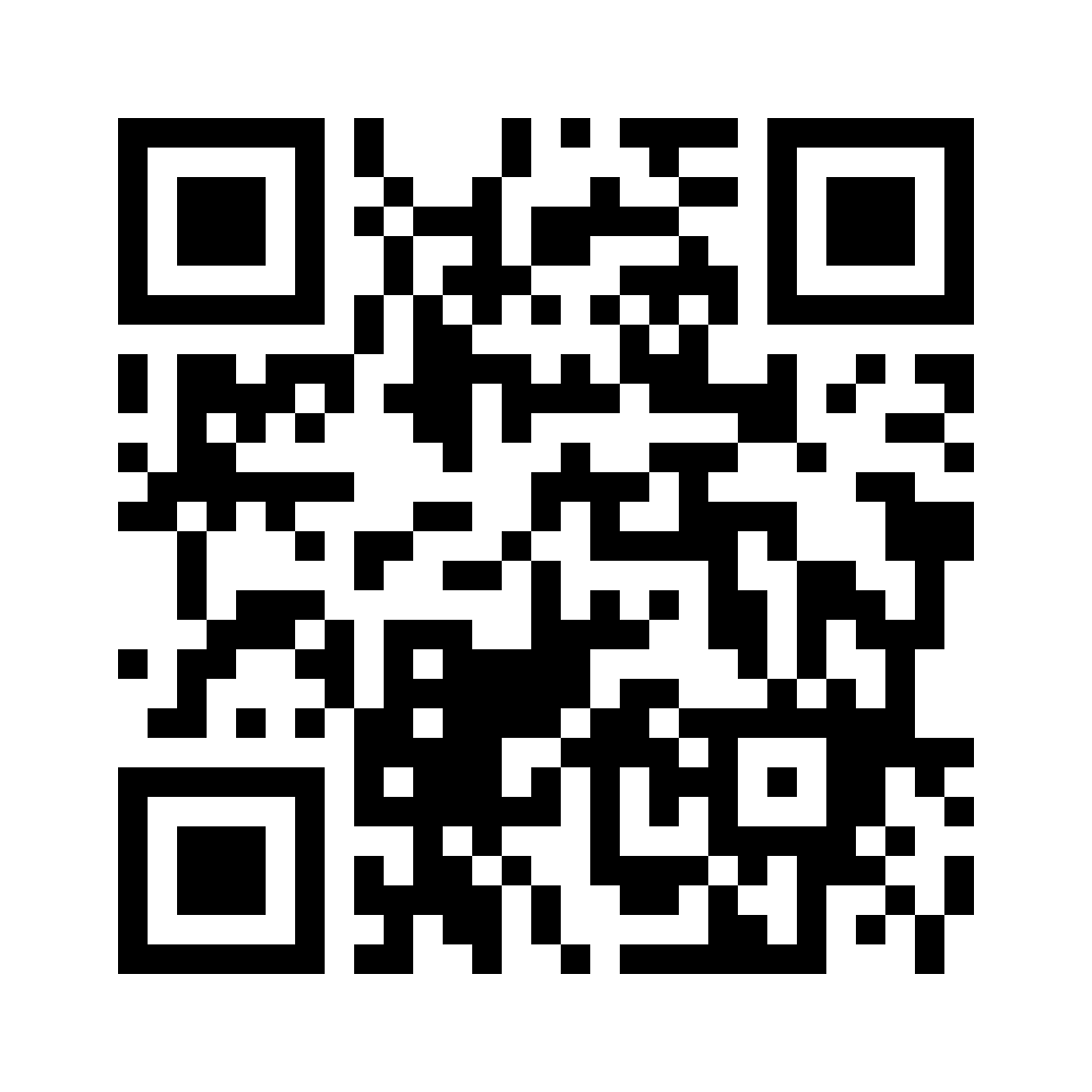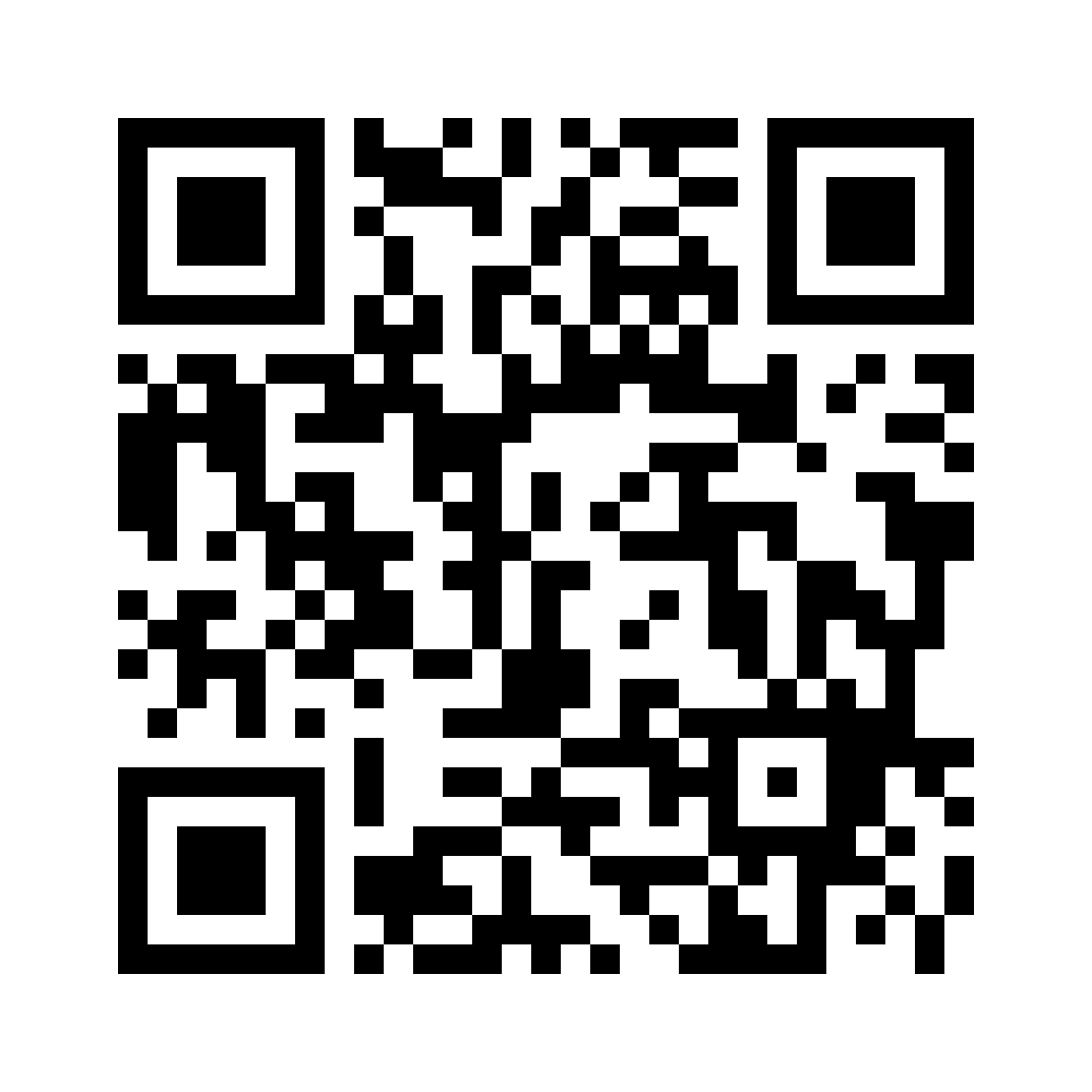The lessons of the art of human resource management are limitless, expressed in many different forms, it can be a passionate sharing of a longtime HR person, it can be the story of a professional HR manager. leadership in the process of his work, but can also be drawn from a story in ordinary life.

For leaders, the art of human resource management is extremely important, if understood, know how to properly apply it, it will make it easy to manage people, thereby promoting the power of human resources. Human resources help businesses grow stronger and stronger.
The lessons of the art of human resource management are limitless, expressed in many different forms, it can be a passionate sharing of a longtime HR person, it can be the story of a professional HR manager. leadership in the process of his work, but can also be drawn from a story in ordinary life.
The story about the hounds below is also an example of a lesson in human resource management, let's learn together with CoffeeHR and draw lessons for yourself:
A hunting dog ran around in the field but could not catch a rabbit. The goat herder saw this and laughed at the dog:
- You are so incompetent. He is taller than a rabbit but not as fast as it.
The Hound replied:
– Because our running goals are completely different! I run for food, rabbits run for life!
The hunter listened to the conversation of the goat herder and the dog, thinking: “This dog is right. If we want to have more rabbits, we have to think differently.” A think came to the hunter. It was the first spark of management science.
The hunter decided to buy more hunting dogs and issued a new policy: Those who caught enough rabbits every day could eat a few bones, otherwise they would have to go hungry. This move helps the number of rabbits increase significantly. Obviously, no dog wants to go hungry.
After a while, the dogs suddenly realized: Big rabbits are harder to catch than small ones, but the pay is the same. So from then on, the rabbits the hunter received were all small rabbits. The hunter asked, and the dogs replied:
– Big rabbits are harder to catch than small ones, the pay is the same, who wastes time catching them?
The hunter decided not to use bones to pay for the number of rabbits, but to use an effective evaluation method: Statistics on the weight of each rabbit returned to pay for each stage. The new management of the hunter immediately took effect, the number of rabbits and the hounds increased in both quantity and quality.
However, after a while, the hunter saw that the number of rabbits returned by the hounds had decreased significantly, but the more experienced the dogs, the fewer rabbits they would bring back. Asked, the dogs replied:
“Our best lives are all for you, master. But now we are getting old. When you can't catch rabbits, will you still give me bones?
So the hunter recounted the total number of rabbits caught for each one, analyzed, and issued a new regulation on compensation: If the number of rabbits caught exceeds a certain level, the hound will be paid when he is old. certain number of bones.
The dogs were happy, all went hunting again, trying to complete and exceed the set goals.
After a while, the dogs realized: We work hard and only get paid for a few bones. Meanwhile, rabbits are many times more precious than bones. So why don't we catch our own rabbits? So some dogs left the hunter and set up their own rabbit-catching workshop.
The story shared above shows the development steps of management science.
Not only hunters, even hunting dogs also have a need to establish a career.
So, after this story, what lessons can be learned for managers?
Instead of hard rules that only benefit the business, find ways to encourage and help employees start a business. That way, businesses have more opportunities to invest, and employees also have the opportunity to manage a new category themselves. This not only retains talent but also creates more profits, avoiding complicated competition later.
The art of human resource management:
For everyone, the purpose of working is not only money but also comes from love of work. Therefore, being able to do what they like, satisfying their passions is what every worker is aiming for and it is this that maximizes their capacity.
Therefore, in order to maximize the power of human resources and help promote the strong and sustainable development of their organizations and businesses, business leaders need to know how to create "land" for employees, help them understand their position and working direction and satisfy their desire for dedication and success.
Source: Internet























